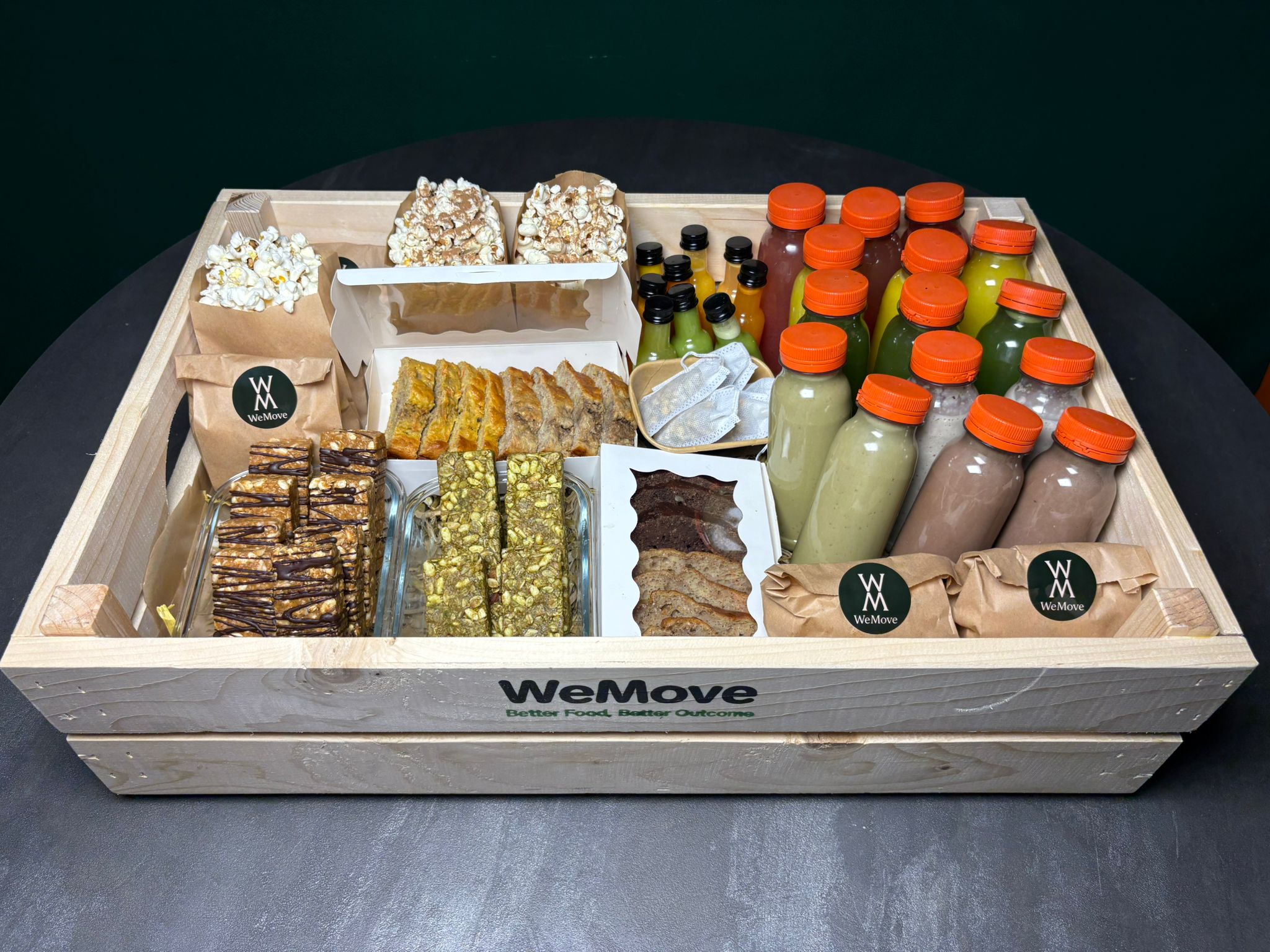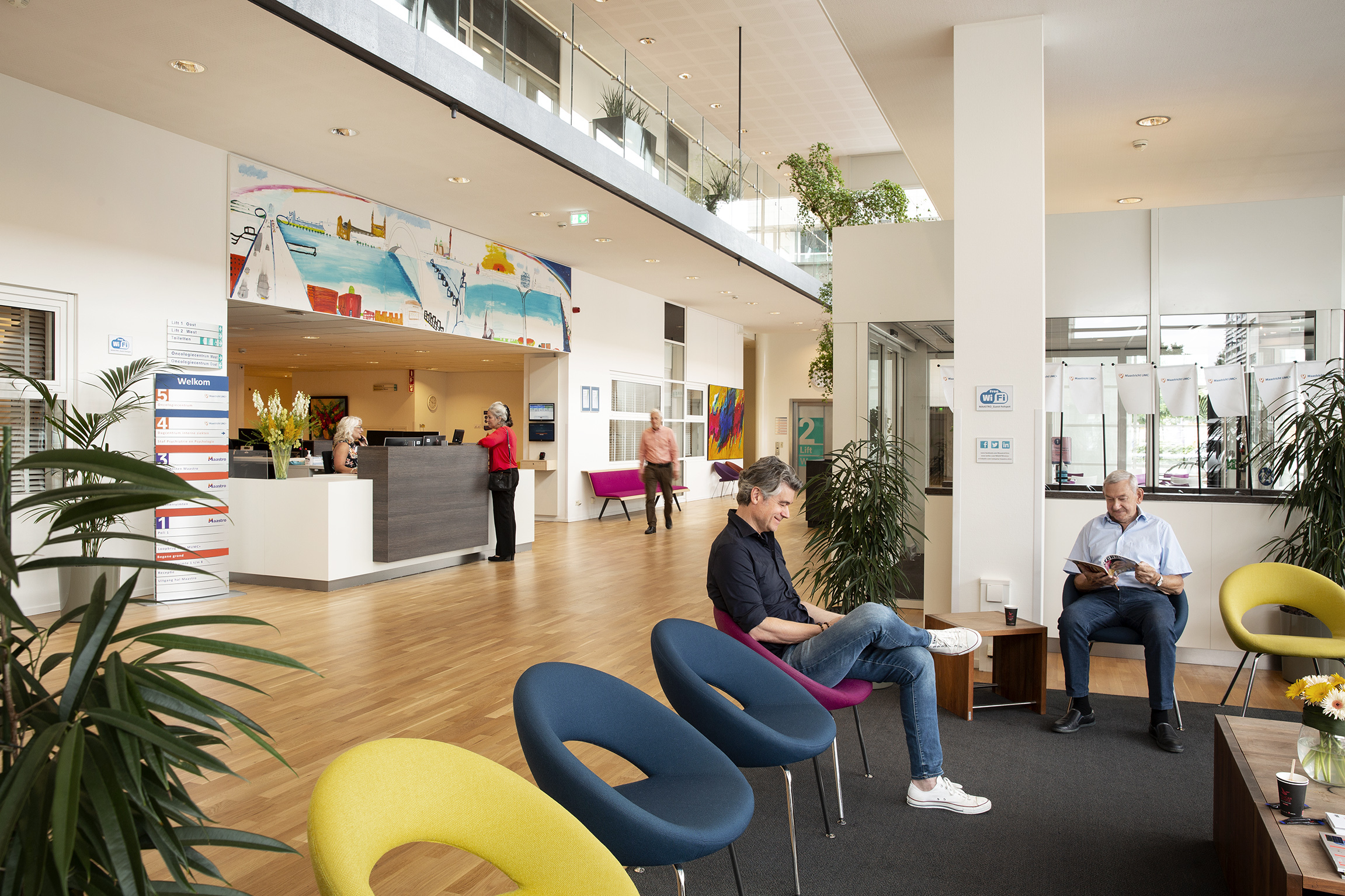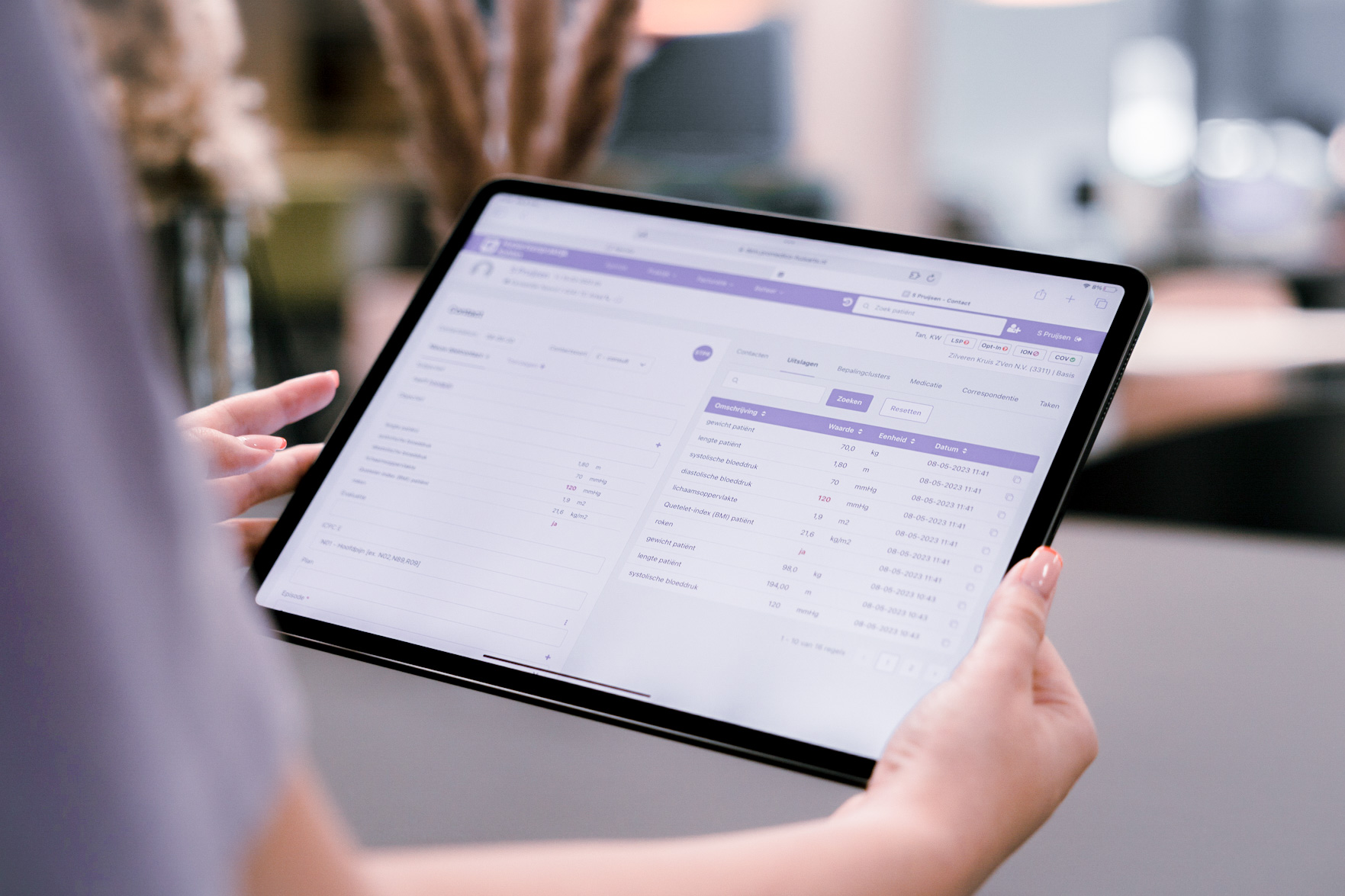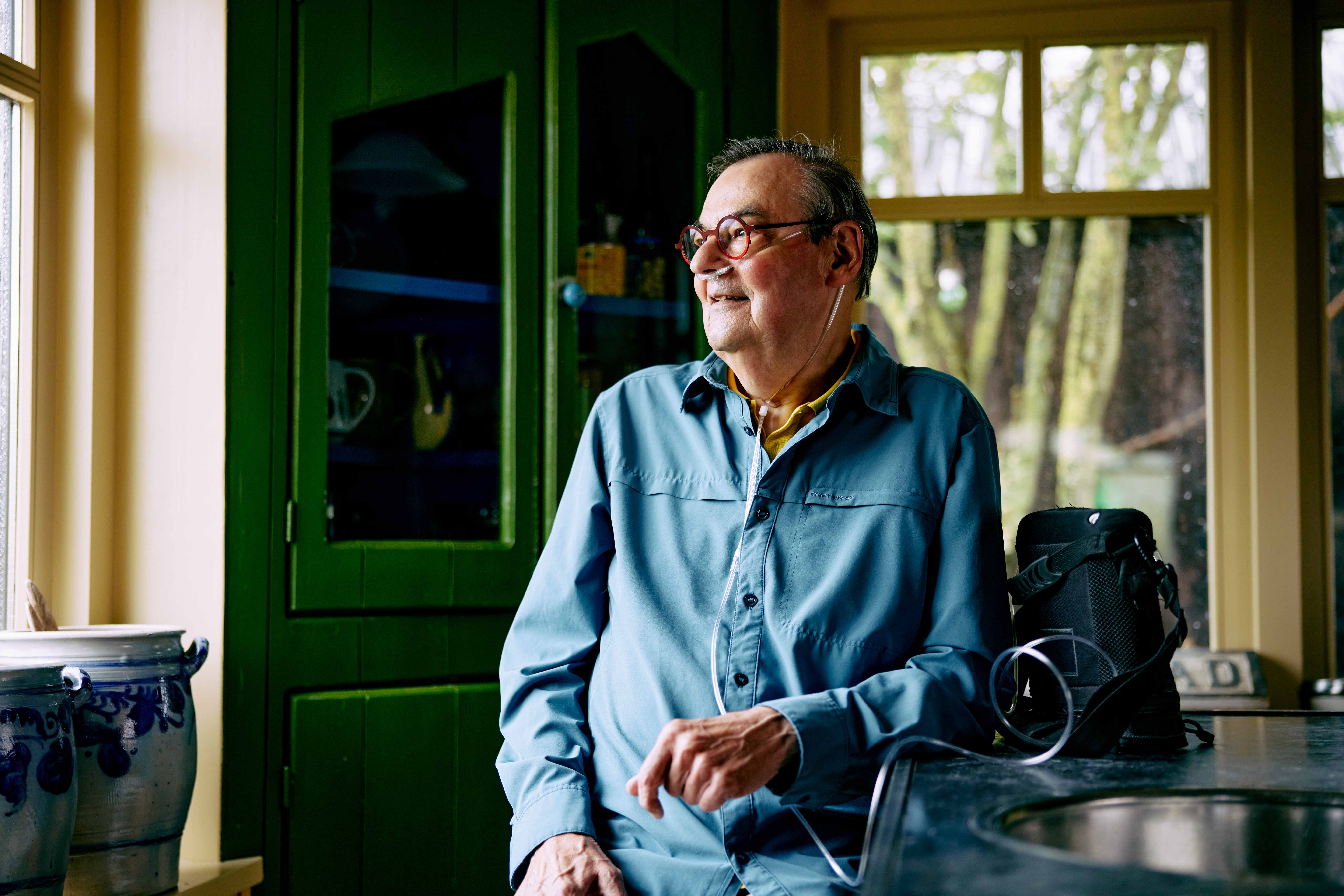21 jun 2024
|
Gezondheid
Precision robot for open microsurgery
Journalist: Michel de Ruyter
Medical robots can make surgeries safer, reduce the risk of complications, and shorten recovery times. They provide comfort and ease of use to surgeons who operate for long hours. Additionally, they can lower costs and enable operations in locations that would otherwise be unreachable for doctors.
The Eindhoven-based medtech startup Microsure is developing the MUSA, world’s first microsurgical, high-precision, operation robot. Clinical director Lilja Siemelink and plastic surgeon Tom van Mulken share their findings so far. Tom explains: “The simplest form of reconstructive surgery is skin transplantation, but for more complex surgery, we can now move muscles and pieces of bone to solve issues elsewhere, which requires precise connection of blood flow and nerves.”
According to Tom, it all started over ten years ago with the daVinci robot, but it was too big for microsurgery. “We needed a robot which enabled higher precision, and that’s when things took off. In collaboration with the Eindhoven University of Technology (TU/e), the MUSA was developed. We started experimenting and it proved more successful than we had expected. Microsure truly is the result of a thorough collaboration between doctors and technicians.”
Lilja explains that the original MUSA now has a successor. Aside from its enhanced precision, the biggest difference is the reach of the robot arms and the ease of use for the surgeon. The original version is attached to the Operating Room table, whereas in the new version, the surgeon sits behind a console and the screen of the digital microscope. More importantly, the surgeon’s own reusable instruments are used in the MUSA. Lilja: “We already have a working prototype, which will become a commercial product after the regulatory process. It should be ready in two years.”











